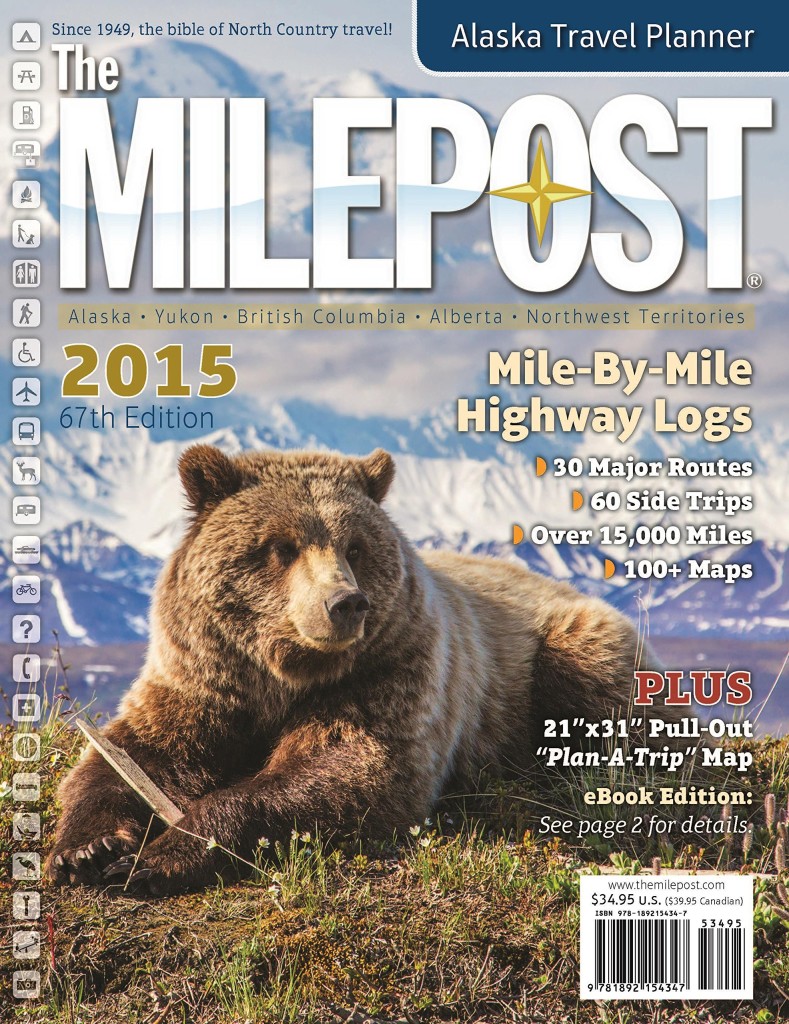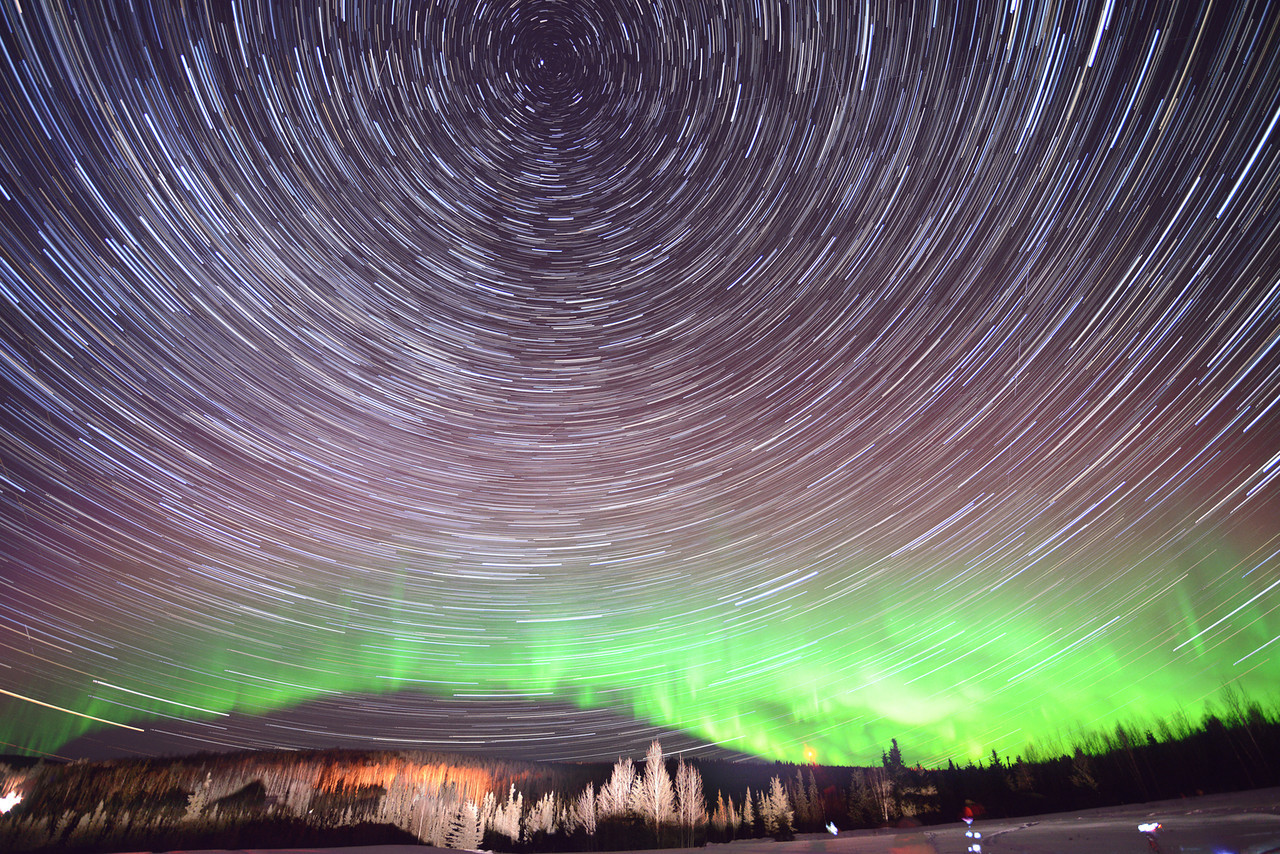Alaska has been getting some mighty interesting press lately. Several reality shows and the appeal of the unspoiled wilderness make it a very popular summer destination for road trippers. We asked the editors of The MILEPOST, Alaska’s premier travel guide, for some unique facts to keep in mind as you plan your trip.
Besides its vastness, which always surprises visitors — even those expecting a big landscape — Alaska holds a number of other surprises for tourists. From the long days of Interior summers to attractions that rank as the highest, longest or most in North America, here’s a list of 10 surprising facts about Alaska, plus a few tips for travelers.
- You can see the Denali from Anchorage, some 200 miles away. But it is not visible inside the park until about Mile 10 on the Park Road. Campsites and bus tours along the Park Road can be reserved at www.reservedenali.com.
- The access road to the town of Whittier passes through the Anton Anderson Memorial Tunnel. At 13,200 feet, it is the longest highway tunnel in North America as well as the longest combined highway/railroad tunnel on the continent. In Whittier, don’t miss the deep-fried halibut at Varly’s Swiftwater Café or one of the glacier and wildlife cruises of Prince William Sound.
- The White Pass & Yukon Route railway is the farthest north narrow-gauge railroad and has one of the steepest railroad grades in North America. For a ride back in history, take the 3-hour round-trip excursion from Skagway, at sea level, to White Pass, at 2,865 feet.
- Glaciers cover about 5 percent of Alaska, and dozens are accessible for up-close viewing, by road or by water. Road-accessible glaciers include: Portage, Worthington, Exit and Matanuska. Include a glacier cruise (or kayaking trip) of Prince William Sound, Kenai Fjords National Park or Glacier Bay National Park.
- Juneau is the only state capital in the continental U.S. that is not accessible by road from the rest of the state. But it is certainly accessible by water, as witnessed by the number of cruise ships that visit every summer. State ferries serve Juneau from the terminal at Auke Bay, 12 miles north of downtown. Don’t miss magnificent Mendenhall Glacier, only a 13-mile drive from downtown Juneau.
- On June 21 in Fairbanks, you can watch a baseball game at midnight, without artificial lights. The surprising number of summer daylight hours (almost 22 on solstice) allows visitors plenty of time to take in the Museum of the North, the Fountainhead Antique Auto Museum, the Morris Thompson Cultural Center and other Fairbanks attractions.
- Anchor River Road on the Kenai Peninsula ends at the most westerly point on the North American continent accessible by a continuous road system. You can also watch tractors launching or retrieving sport-fishing boats on the beach here.
- Observe the second greatest tidal range in North America from Beluga Point on the Seward Highway, just 16 miles south of Anchorage. With a daily range of more than 33 feet, Turnagain Arm also produces a foaming wall of water called a bore tide.
- Alaska has more than 10 percent of the world’s volcanoes, and one of the most recently active — Mount Redoubt — may be seen from the Sterling Highway on the Kenai Peninsula. Best views are between Kenai and Homer.
- Alaska has two of the largest islands in the U.S. (after Hawaii). Kodiak, the surprisingly lush “emerald isle” in the Gulf of Alaska, is known for viewing the Kodiak brown bear. Prince of Wales Island, which has the most extensive road system in Southeast Alaska, is a popular sport fishing destination.
These are just some of the highlights that Alaska has in store for those who visit. To get the FULL picture, including where you’ll find gas, food, lodgings, restrooms or turnouts on any of the state’s highways; where you’re likely to see wildlife; what day trips are available from Anchorage; what shore-excursion-length experiences can be found near Juneau; more about Alaska’s road-accessible glaciers; how to visit a Native fish camp; when salmon run on the Kenai River; or where to meet a musk-ox up-close and personal, just turn to The MILEPOST.


